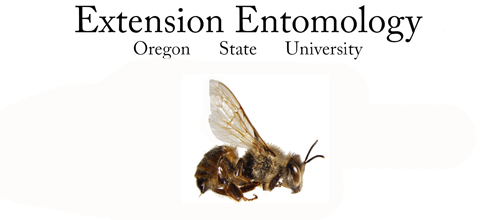| Oregon
State University Insect ID Clinic |
|
|
Honey Bee HomeOSU Insect ID Clinic
DiseasesAmerican Foulbrood PestsBears & other medium to large mammals |
 |
|
Honey Bee Diagnostic ServicesSmall Hive BeetleCausative Agent: Aethina tumida (Coleoptera, Nitidulidae) Range: S. Africa, & since 1998 United States (established in Florida, Georgia, South Carolina, North Carolina, Pennsylvania, Ohio and Minnesota) Life cycle:
Management:
Publications: A more recent publication can be found here: Other Useful Sites: http://www.bugwood.org/factsheets/small_hive_beetle.html http://www.ento.psu.edu/MAAREC/pdfs/Small_Hive_Beetle_-_PMP.pdf References used: Root, A. I. (1990) The ABC & XYZ of bee culture 40 th ed. A.I Root Co. Medina, OH.
|
|
Septermber 9, 2016
Disclaimer